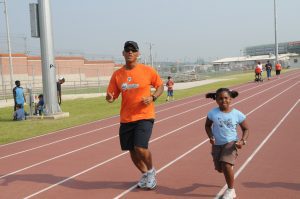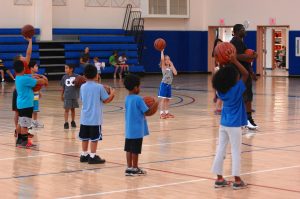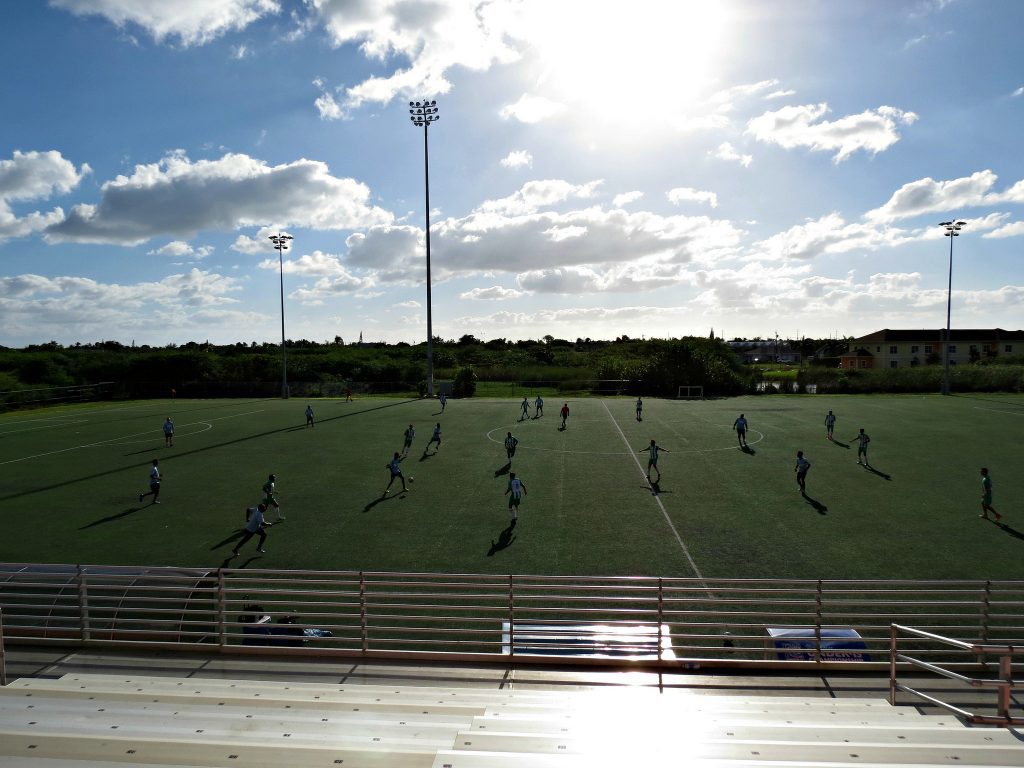

The key to improving sport is starting at the most basic level to truly effect change; this would mean our youth leagues and school leagues. For this we must address; participation, training, competitive meetings, governmental assistance and aid, and assimilation into the professional leagues.
A large problem facing youth and school leagues is youth participation. At such a young age children rarely have the time or the attention needed to focus on rigid training schedules and many shy away completely with the perception of being “untalented” or “not cut out for” a particular sport. Coaches also hold some blame as they tend to favor children with natural talent over those without; however doing so causes children to lose interest in the sport and refuse to participate altogether. In order to help move forward in sports, it is necessary to accept any and all children willing to participate and urge those who are unwilling, to try. To do so coaches must re-evaluate their training methods, coaching styles and recruitment techniques; in an attempt to keep youth involvement and enjoyment at peak levels keeping the children interested in the sport for as long as possible.

Another issue facing the lower levels of sporting is school involvement. Schools tend to opt out of taking part in competitive sporting meets due to a lack of preparedness, a lack of student support or a genuine disinterest in the sport. This impacts negatively on the sporting culture; keeping potential players away from the sport and stifling growth; forcing children out sporting programs and causing loss interest in the sport due to no avenue being made available for them to practice and compete. To combat this negative correlation between schools’ participation and student interest in a sport; supplies must be made readily available to schools who wish to participate. Incentives should be offered to schools who have a low interest in the athletics; rewarding them for exposing children to the culture. And competitions should be structured in such a way schools feel comfortable participating; allowing them to nurture youths through healthy competitive experiences. Allowing the schools to help create a healthy and natural environment with which students can learn, practice and enjoy sports; growing with knowledge to become well-rounded athletes.


However, it is admittedly difficult to effect these changes without any aid from the national sporting body or the government. At times, though, the national body may not be equipped to financially aid in the development of sporting programs; however, financial aid is only a small part of the development process. Creating an environment in which sports can be practiced comfortably and enjoyed safely is a major step in developing athletes. Such changes could be; safer venues for competitions, adequate training materials, and educating coaches and support staff, this will foster such an environment and help create better athletes.
However, all these changes are non-issues if the young athletes are not given an opportunity to move on and continue in the sport alongside the adult athletes. Too many young athletes leave secondary school unaware of how to further their passion for sport. This crucial interval in an athlete’s life can cause them to move away from sport; owing to a lack of access to new avenues. To assist the athletes it would be beneficial to have youth teams regularly associate with adult leagues and their respective management; crafting relationships to aid in the passing over of athletes from schools to professional leagues. 

Taking national sport to the next level is a complicated task; involving many branches of respective fields of sport. It will require cooperation from the professional leagues across the board to the school and youth leagues. It is not an easy undertaking and can’t be done overnight; needing discourse among many of our nation’s leaders. However, once we have collaboration and understanding we can carry our region’s sporting culture to the next level and beyond.
By Dyland George
Photos courtesy of:
Youth Sports Basketball © USAG Humphreys/Flickr
Humphreys’ youth committed to running © USAG Humphreys/Flickr
KLEB1797 ©Bil Kleb/Flickr


This posting knocked my socks off